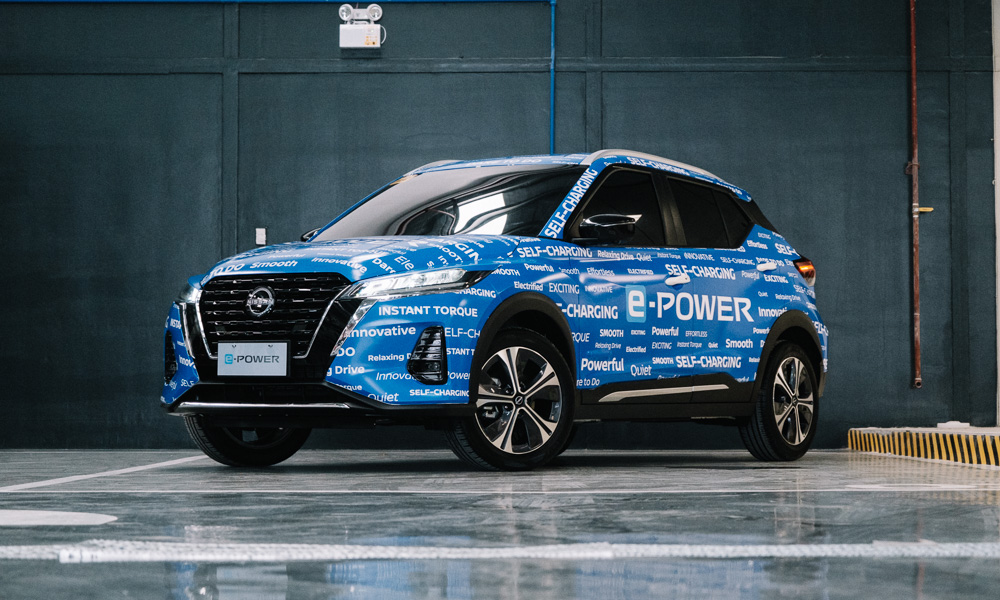
We’ve talked about how electric vehicles are poised to be the next biggest thing in our country after the passing of the EV law. But in the meantime, while we lack the supporting infrastructure, hybrid electric vehicles (HEVs) are the next best thing we can have to help ease the transition for many (and relieve us of extreme gas prices).
The Nissan e-Power technology is a unique spin on this class of vehicles while integrating the best of its electric-vehicle knowledge that it gained from the Leaf. How?
Unlike other systems, e-Power utilizes the electric motor only to drive the front wheels. A traditional internal-combustion engine acts as a generator (connected to an inverter) to recharge the lithium-ion battery, which is smaller than the one found in a dedicated BEV. This is a self-charging system. Meaning you don’t have to worry about plugging your car in every night.
It might sound a bit confusing to wrap your head around it, which was why Nissan Philippines invited us to experience it firsthand.
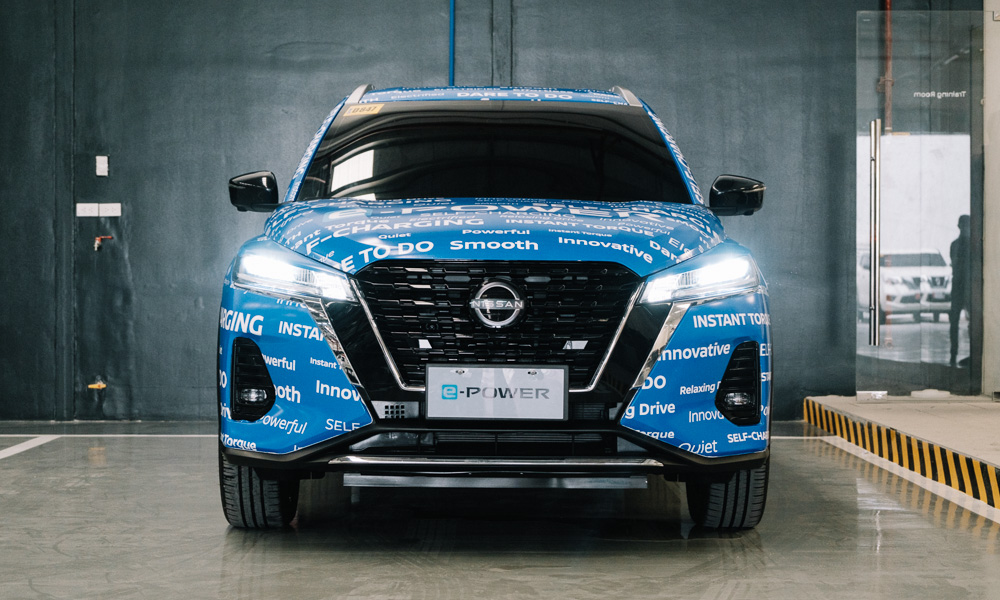
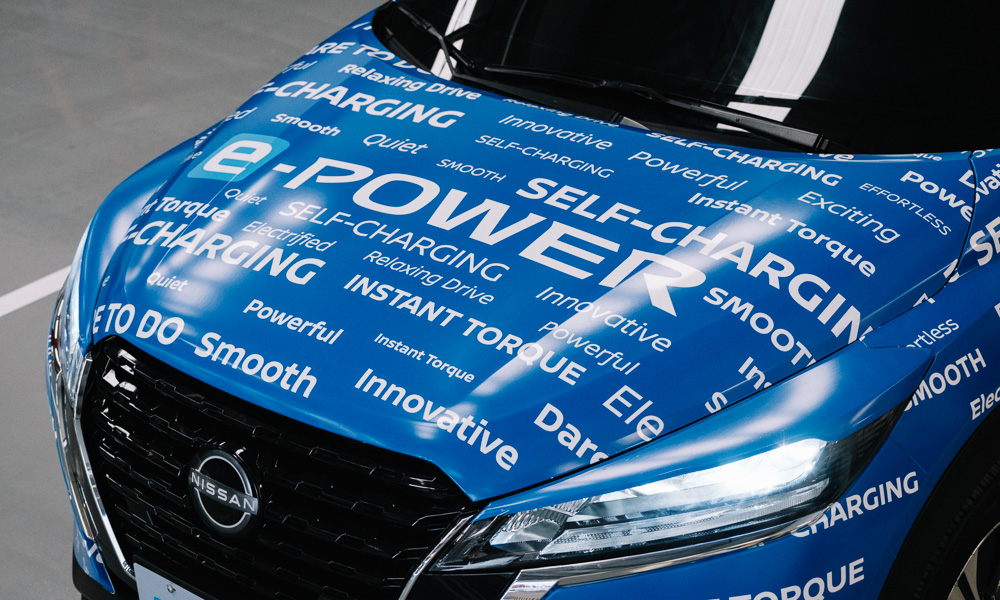
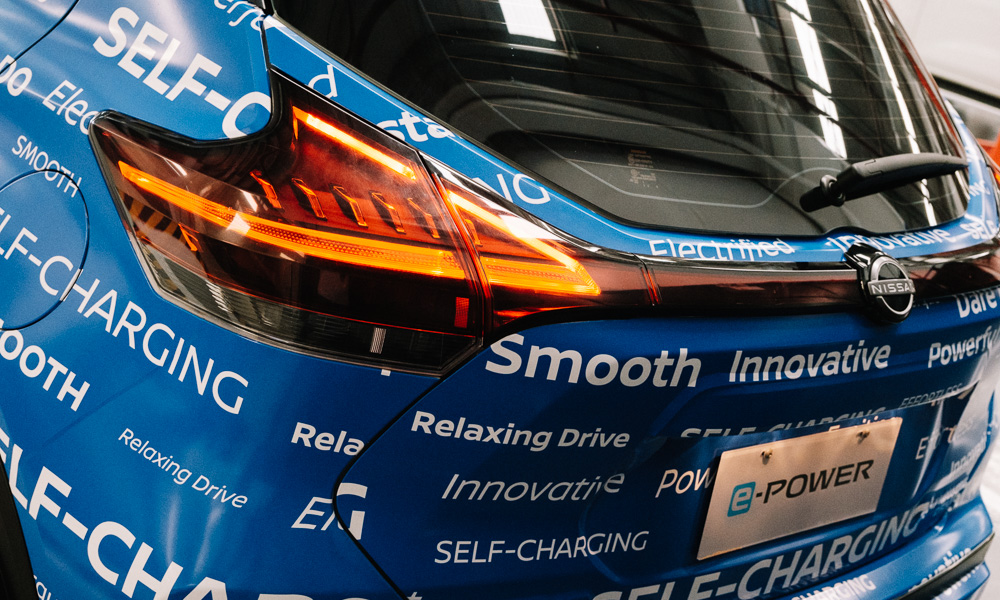
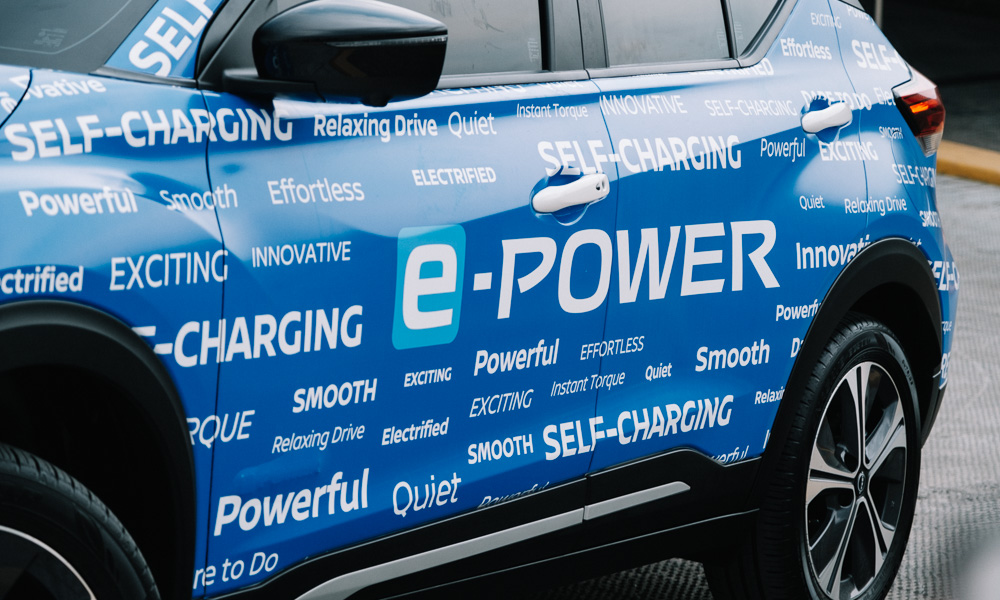
You may be familiar with this bright-blue camouflaged crossover from this year’s Manila International Auto Show and Trans Sport Show, but this is merely a demo vehicle to show off the capabilities of the e-Power system. Nothing is final yet, we were told.
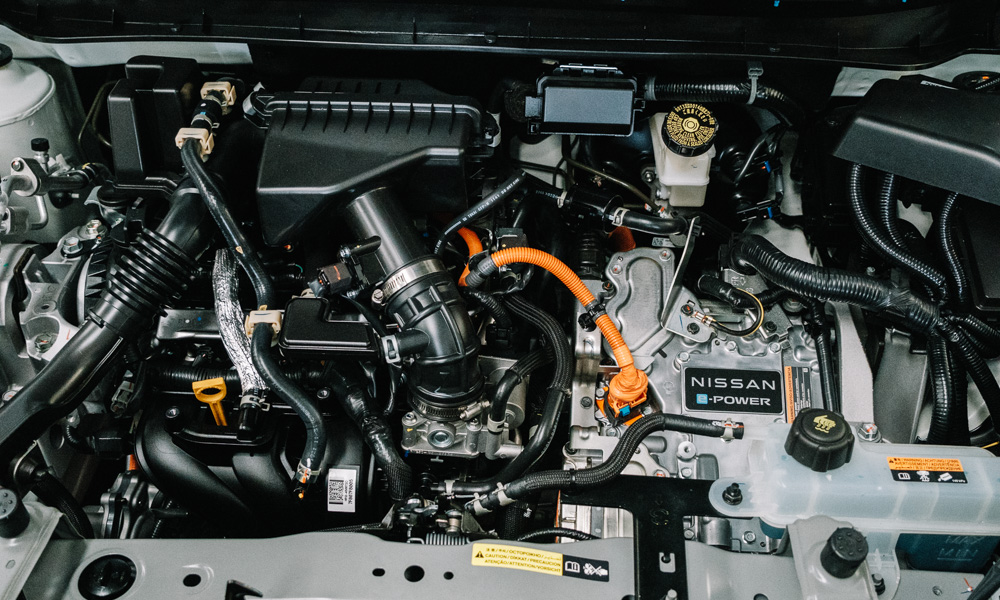
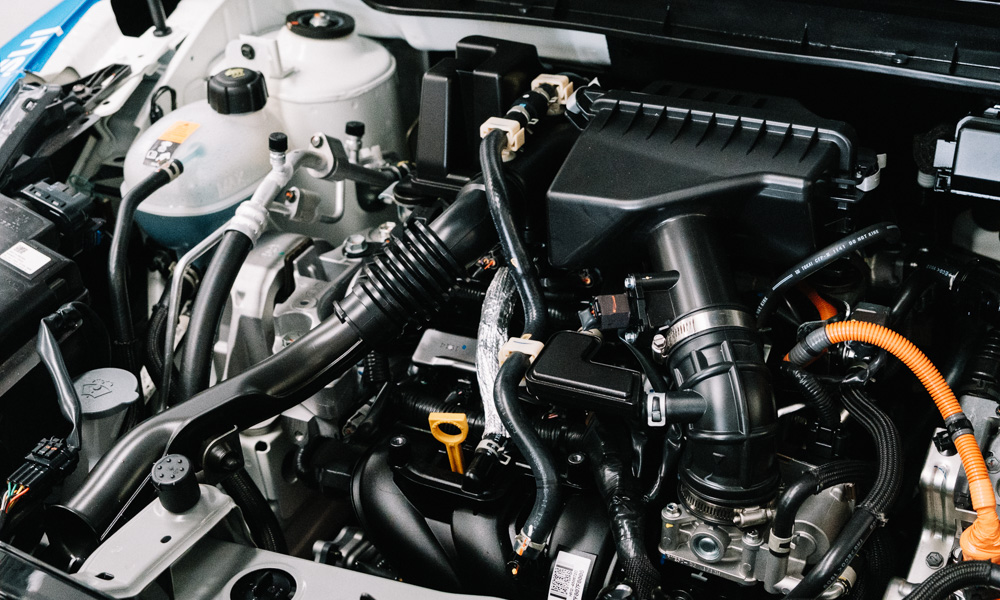
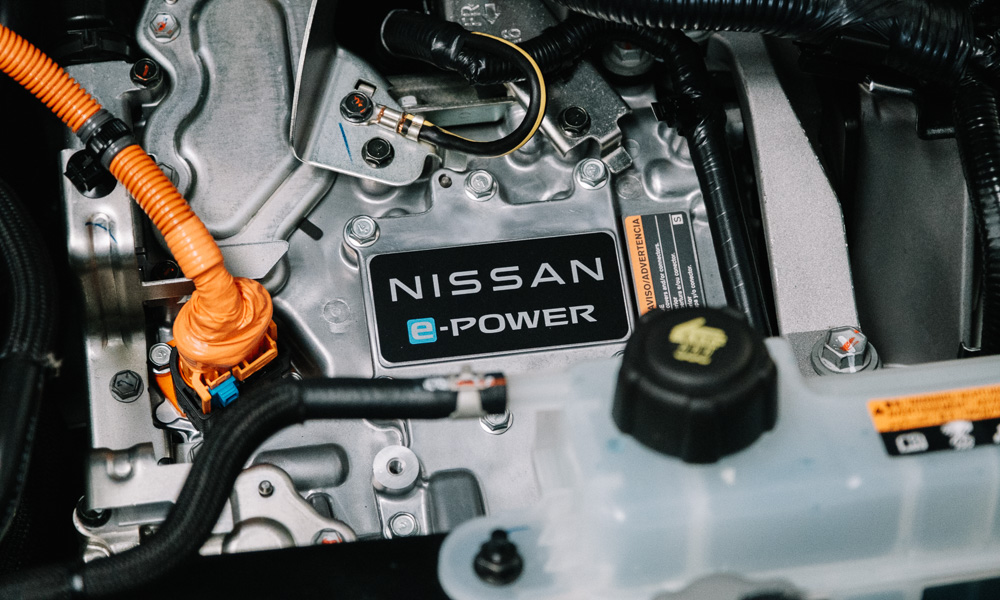
It runs on regular 91-octane fuel (no need for expensive premium juice here), and we were informed that a single tank of gas could get you up to 850km to 900km of range with an estimated combined city-and-highway average fuel consumption of 23.8km/L.
Theoretically, this means that you can also run an e-Power car on empty as long as there is charge left in the battery, and the regenerative braking will help claw every last bit of power to help you make it to a gas station. Obviously, you shouldn’t, but it’s nice to know that you can.
As for servicing, obviously, the Nissan dealerships will be properly outfitted to accommodate these cars once we see e-Power cars arrive on our shores. The gasoline engine will require the usual maintenance (oil, fluids, plugs), but the inverter-motor part should not require as much servicing.
As for floods, the sensitive electrical bits all have protection and fail-safes in place against water ingress. Of course, you shouldn’t be driving your car in a flood in the first place, but in the unfortunate event that your car gets inundated with water, it will let you know if there are any faults in the system so you can have it brought to a service center.
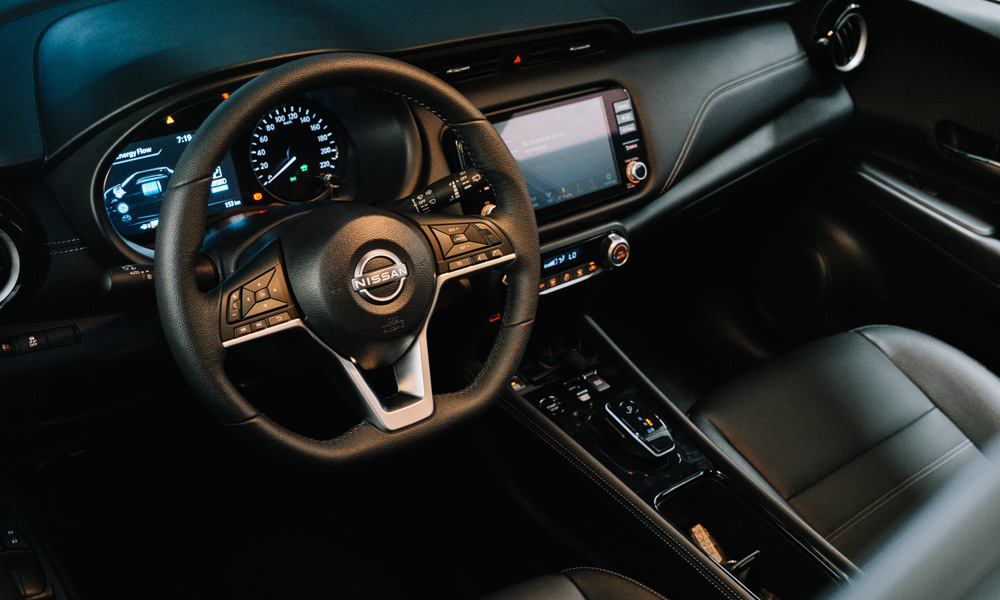
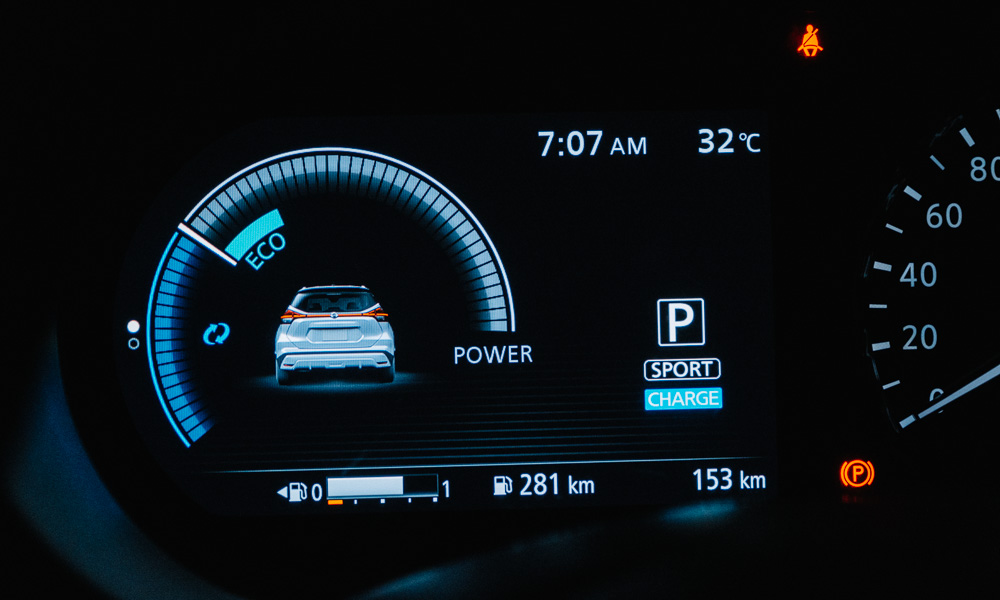
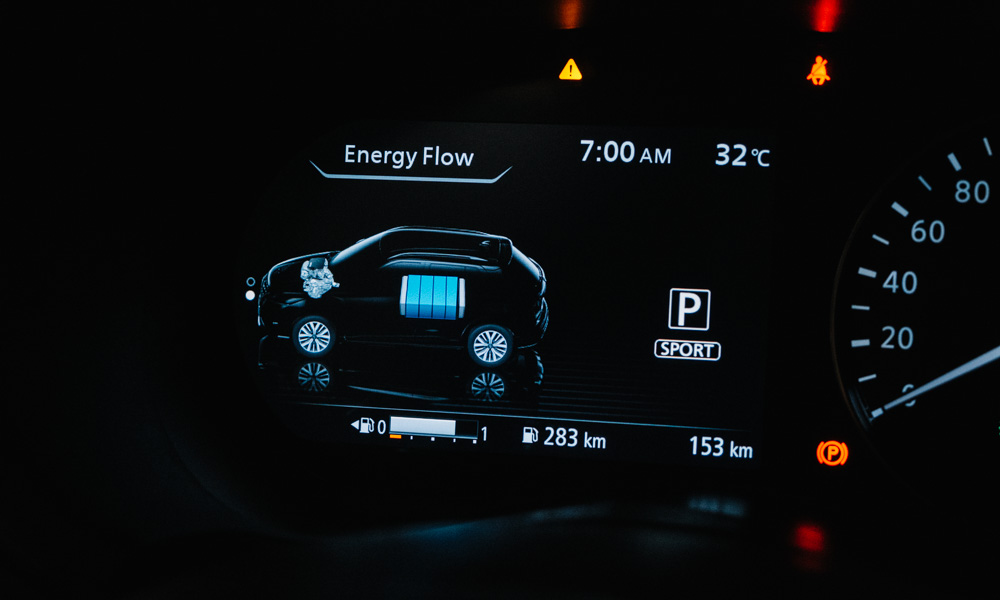
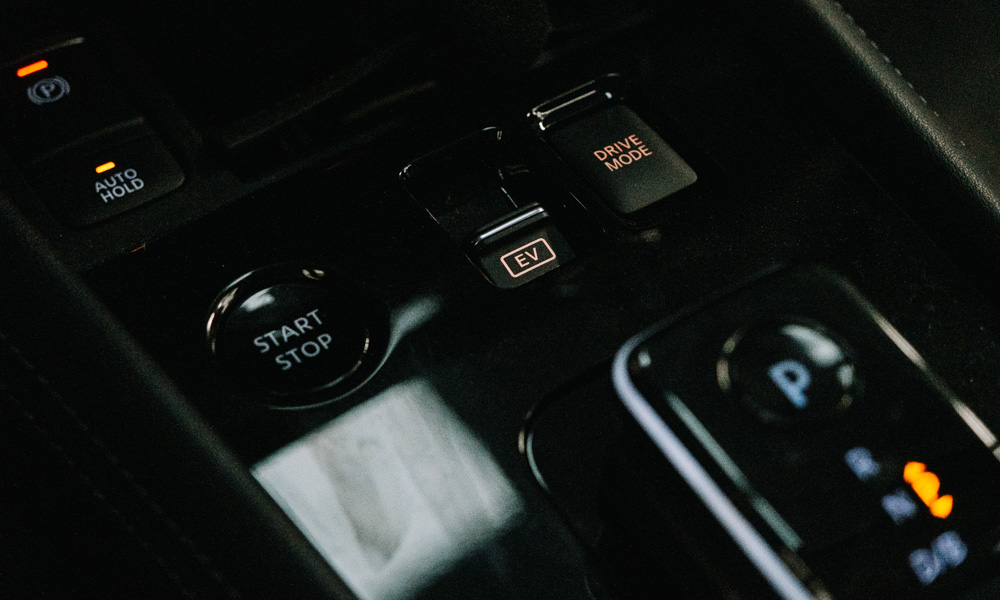
When you get in the car, the layout looks very familiar. No weird shift knobs, instant-on accelerator pedals, and paddle shifters that adjust regenerative braking strength (more on this later). Just start the car normally. It starts up in complete silence aside from the air-conditioning compressor (if you left it on), and you’re ready to go.
The digital instrument binnacle doesn’t have a tachometer. Instead, you’re either shown the energy flow screen (with the battery charge) or a gauge that shows the power output of the electric motor.
The center console houses a few buttons like the electronic parking brake, the start-stop button, the shifter, and two toggle switches that allow you to go into EV mode and change the drive modes.
Apart from the obvious functions, holding down the EV mode toggle will make the car enter charge mode, which forces the engine to charge the battery regardless of condition. Apparently, you’d ideally use this 2-3km before entering your parking/garage to be able to silently enter and set off the next day.
Also, popping the hood will force the engine to run at a constant speed (1,400rpm) if the car is on. This is to help with servicing (to assist with diagnosing a problem).
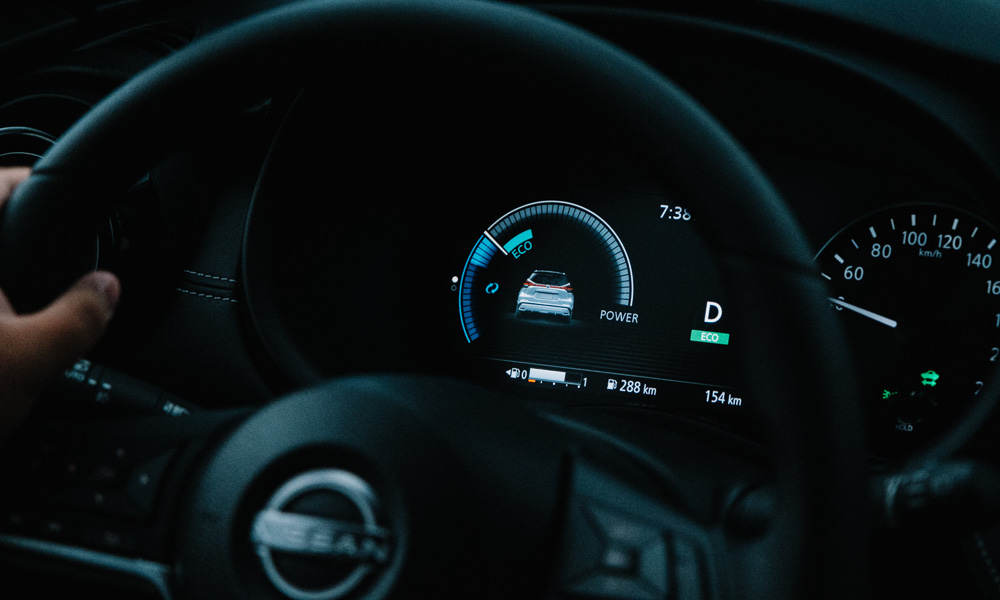
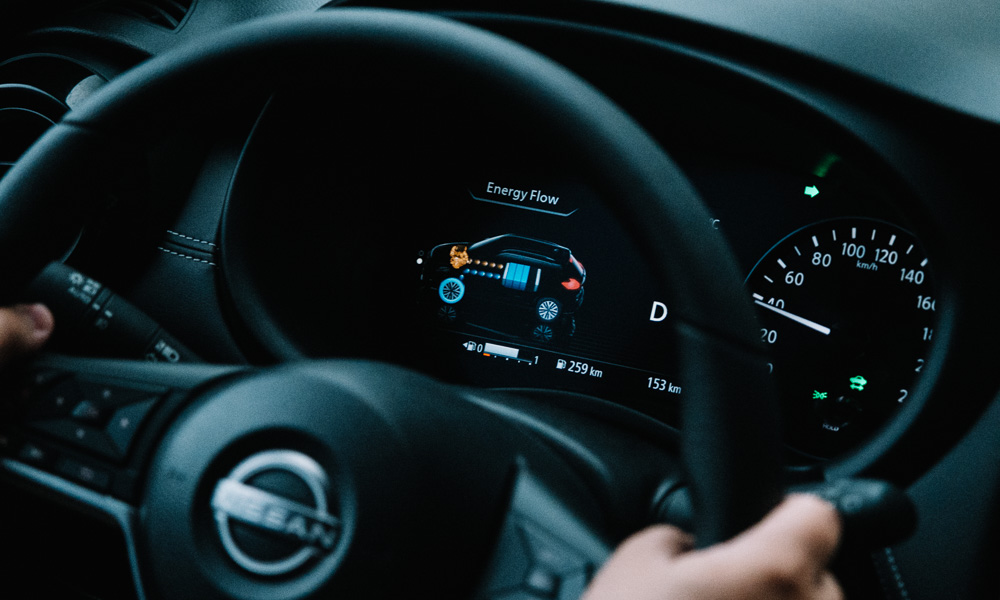
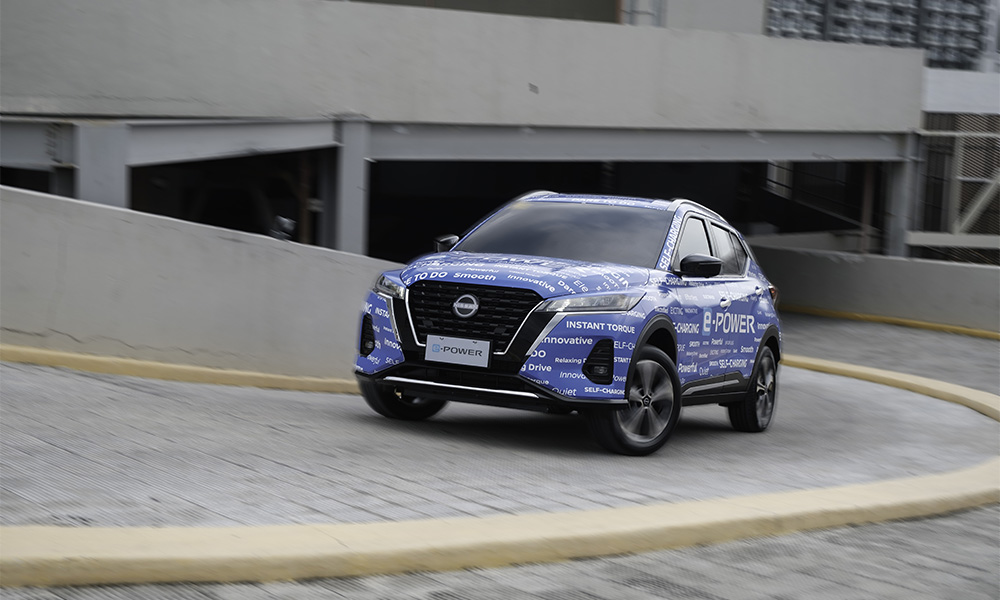
Just like the startup, the car is completely silent when you set off. When it’s time for you to get on the accelerator, there’s an instant wave of torque. There’s enough performance on tap to allow you to easily hit highway speeds, making merging on expressways an effortless ordeal.
This is the first hybrid vehicle that I have driven that’s just as fast off the line as other EVs, because the e-Power system uses a full-fat electric motor (the same one in the Leaf) unlike a weaker motor that is usually assisted by the engine.
The power flow depends on external conditions and accelerator pressure, which is why at higher speeds, you’ll hear the engine turn on to assist with propulsion. It’s not driving the wheels; rather, it’s providing more power to the electric motor in tandem with the battery.
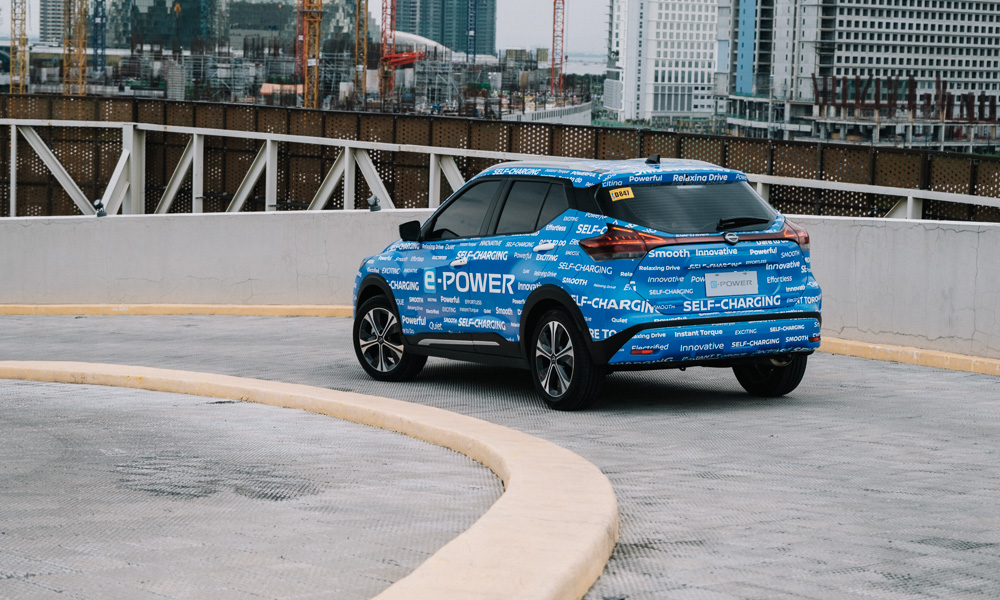
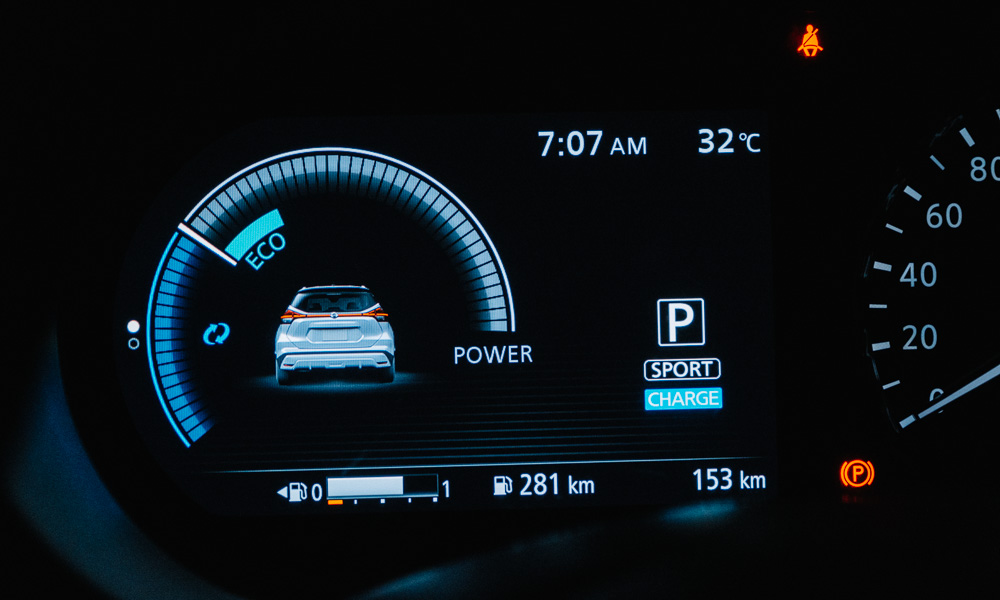

It also has Nissan’s e-Pedal technology just like the Leaf, which will allow you to drive the vehicle with just one pedal. This is courtesy of regenerative braking, which is also another way of helping your vehicle stay topped up while on the go. You’ll notice this when letting off the gas, where the vehicle feels like it’s braking even if you don’t use the brakes at all.
One way to change up the braking strength is via the drive modes. In Normal mode, it’s at its weakest, which almost feels like a regular car. Put it in Sport or Eco, and it’s a lot more aggressive to help capture more energy.
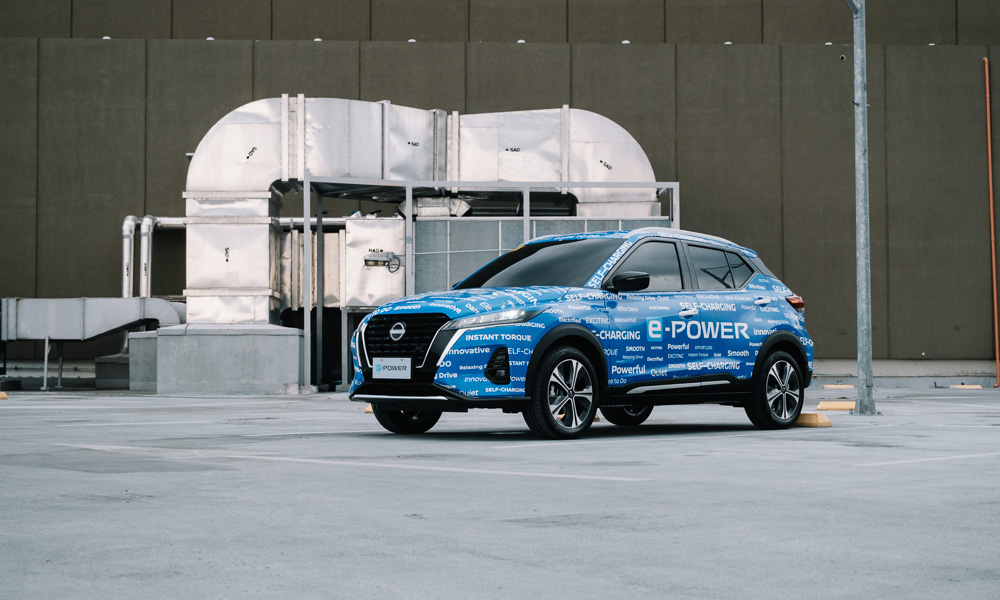
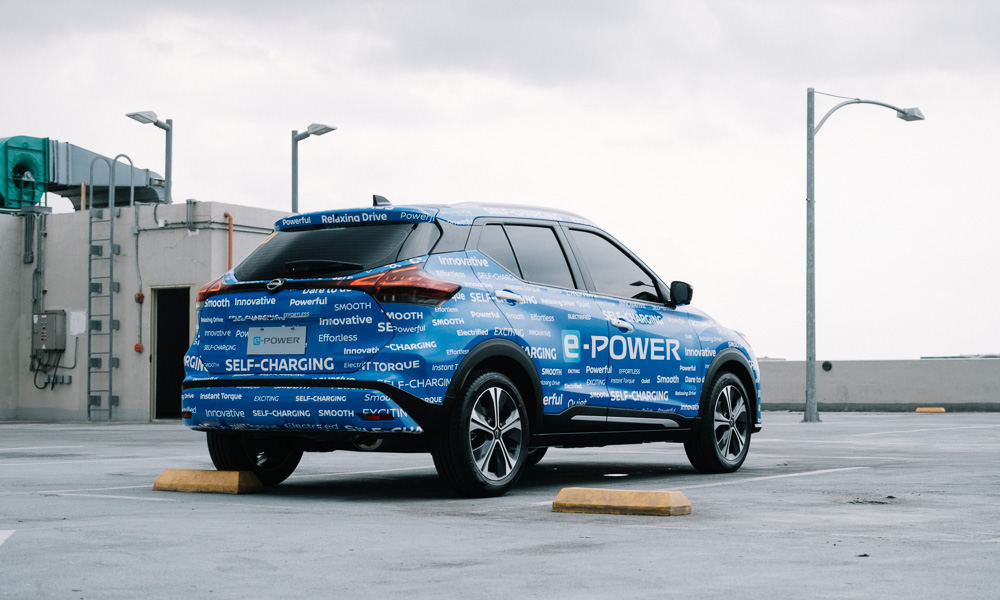
Raw performance aside, it has the same comfort benefits as driving around in an electric vehicle. It’s a quiet, vibration-free experience (until the engine turns on to charge the battery) within the city.
Because of the floor-mounted batteries, the e-Power vehicle has a lower center of gravity (like an EV), so it’s confident around the corners and there’s minimal body roll.
This very short yet insightful preview of the automaker’s new technology makes me excited for the years to come with electrification. Considering that Nissan is pushing hard with its Blue Switch initiative, having this technology is one way to help introduce the masses to (and ease them into) our electric future.


0 Comments